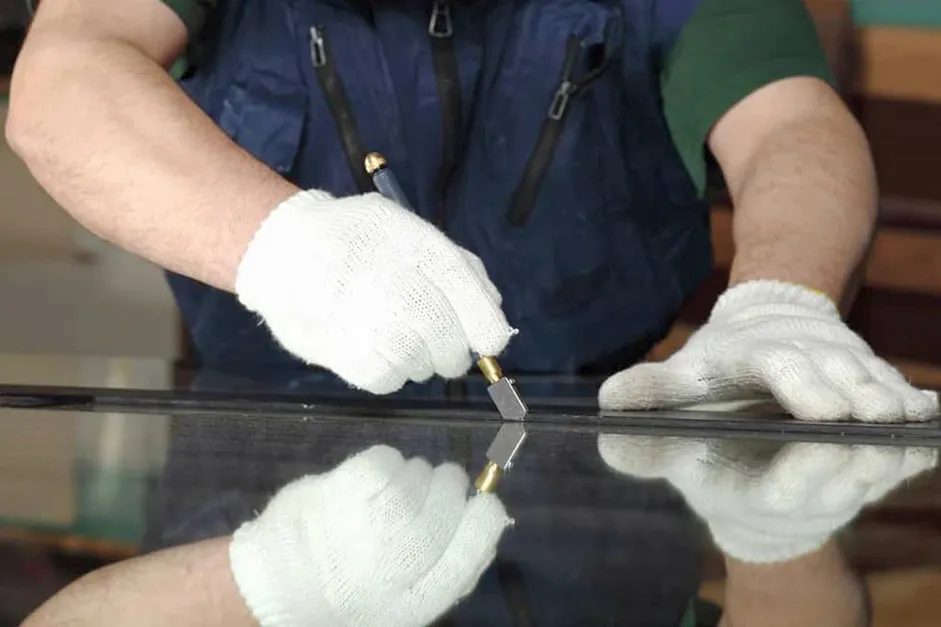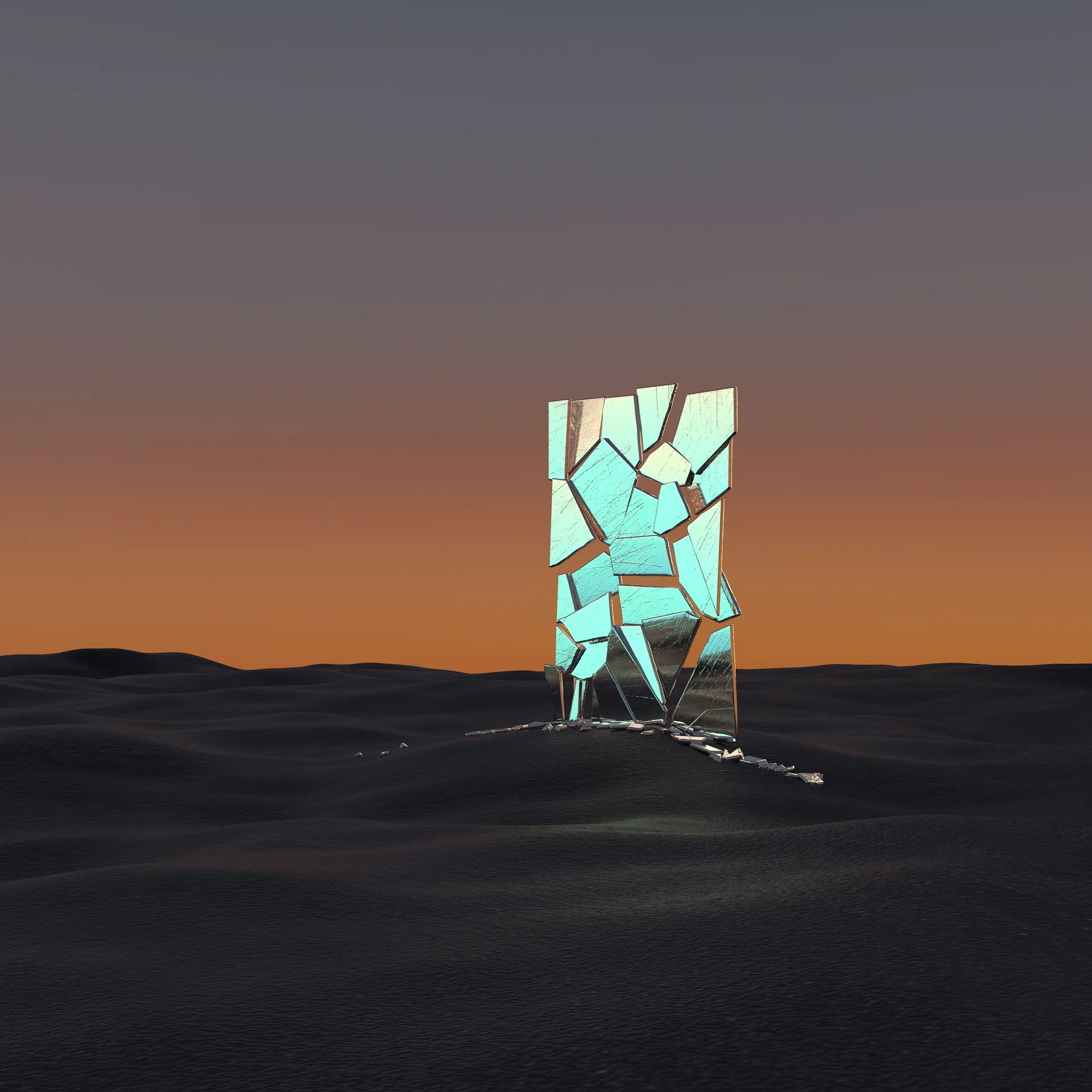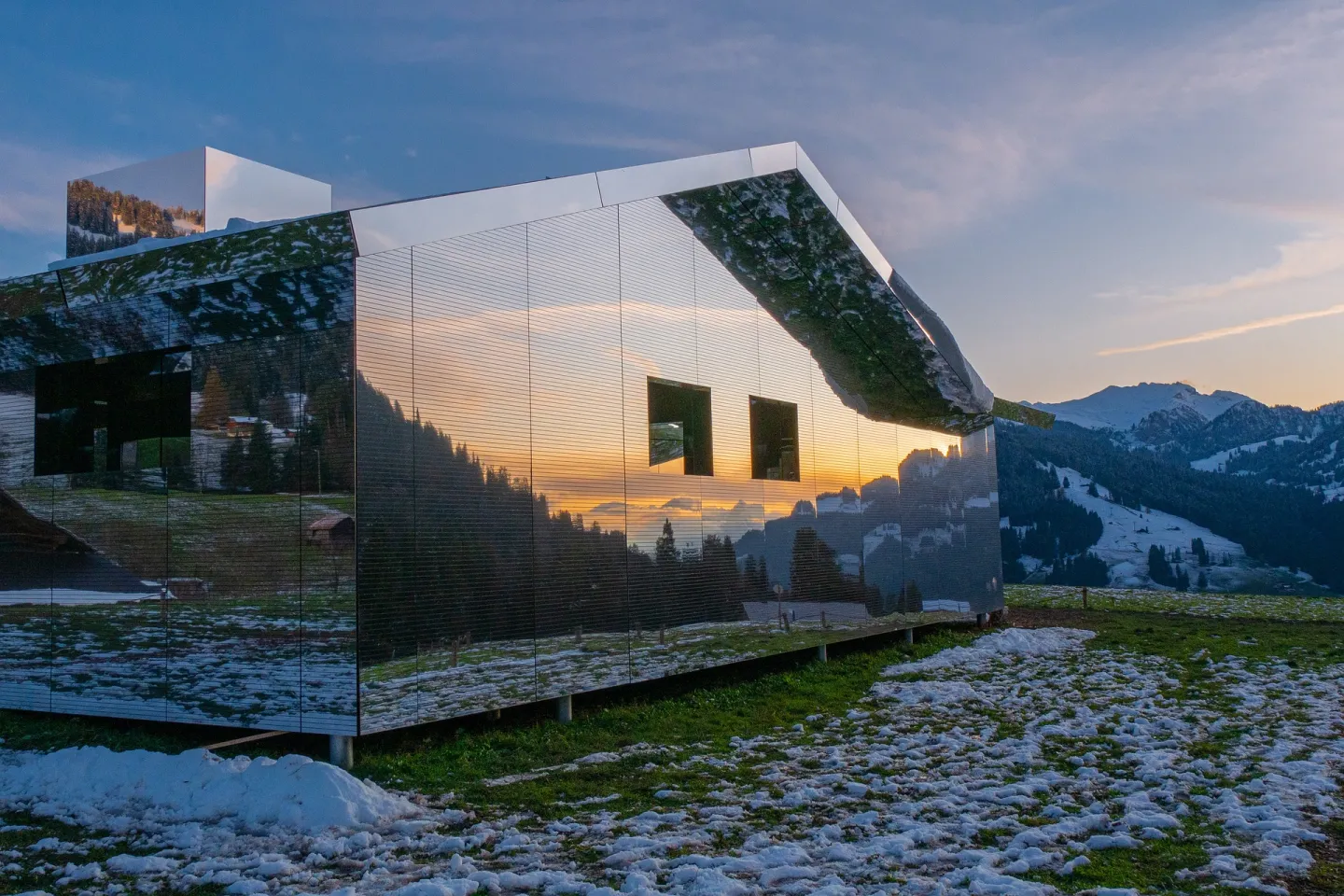
Mirrors surround us everywhere: from bathrooms to cars, from fashion boutiques to scientific laboratories. But rarely does anyone think about how complex and interesting the process of creating this mundane but important object is. We will explain to you how mirrors are made: from the primary raw material to the shiny surface in which we see our reflection.
Historical context: from ancient to modern times
 The first mirrors created by man were far from ideal. People used polished metal plates, such as bronze or copper, to see their reflection. The water in a calm lake also served as a kind of natural mirror. Only later, when mankind mastered the art of glass-making, the first prototypes of modern mirrors appeared.
The first mirrors created by man were far from ideal. People used polished metal plates, such as bronze or copper, to see their reflection. The water in a calm lake also served as a kind of natural mirror. Only later, when mankind mastered the art of glass-making, the first prototypes of modern mirrors appeared.
Venetian craftsmen were the first to master the technique of applying a thin layer of mercury to glass, and later – silver, which made it possible to create high quality products.
Today, production technology has changed dramatically, becoming safe, precise and highly efficient. However, the basic principles, such as the need for ideal glass smoothness and the application of a reflective coating, remain unchanged.
Main production stages
A modern mirror consists of two base components: glass and a reflective layer. Let’s take a closer look at various stages of mirror production.
Making glass
The process begins with the production of the base – a glass plate. The glass must be absolutely clean and smooth to avoid image distortion. Such components as quartz sand, soda or limestone are used to create it.
- All components are thoroughly mixed and sent to the melting furnace. The temperature inside reaches 1150 degrees, which allows the sand and other components to melt to a liquid mass.
- The molten mass slowly moves through a bath of liquid tin, where it acquires the needed shape and thickness. This process is called “float glass process” and allows for making perfectly smooth glass.
After passing through the tin bath, the glass is cooled and cut into sheets of required sized.
Grinding and polishing
Once the glass has taken the needed shape, the important stage of grinding and polishing begins. This process is necessary to achieve a perfectly smooth surface on which the reflective layer will be applied.
The glass passes through automatic machinery, where up to 2.5mm of material is removed from its surface. This allows any unevenness to be eliminated and the glass to be prepared for the next stage. And the next step is polishing the glass surface to a mirror shine. This process makes the glass perfectly smooth and ready for the application of the reflective layer.
Metallization: application of the reflective coating
One of the key stages is the application of a reflective coating. Modern technologies offer two main methods of metallization:
- A thin layer of silver nitrate is applied to the glass surface, which is then chemically treated. This process creates a thin, but durable silver film that provides perfect reflectiveness.
- A more modern and economical method. In a special vacuum chamber, aluminum evaporates and settles on the glass, forming a reflective layer. This method is used to produce most mirrors, although silver coatings are still used to create high-quality products.
Protection and framing
After the glass has been coated with a reflective coating, it must be protected from damage. To do this, a protective layer of copper or special paints and varnishes is applied to the surface. This stage prevents oxidation of the metal and protects it from mechanical damage.
In addition, the mirror can be inserted into a frame, which not only protects its edges, but also gives the product an aesthetically complete look. The frame can be made of various materials, such as metal, wood or plastic, depending on the purpose and style of the mirror.
Decorative and functional aspects of a mirror
 This functional item can significantly transform the interior. Modern technologies allow us to create custom mirrors of a wide variety of shapes and sized, as well as with various decorative elements, such as beveling of engraving.
This functional item can significantly transform the interior. Modern technologies allow us to create custom mirrors of a wide variety of shapes and sized, as well as with various decorative elements, such as beveling of engraving.
- This process involves grinding the edges at a certain angle, which gives the product additional depth and shine. Beveling can be narrow or wide, depending on the desired effect.
- Engraving and matting. Another way to add uniqueness is to apply engraving or matting. These decorative techniques can be applied manually or with automatic machinery and add individuality to the mirror.
- Mirrors with backlighting. A popular trend lately. Such products are ideal for a bathroom or wardrobe, creating additional lighting and giving the room a modern look.
And these products are used not only in everyday life, but also in architecture, where they are used to create spectacular building facades, and in science, where they are part of optical devices.
Conclusion
 The process of making a mirror is quite complex and multi-staged, requiring high-tech equipment and precise adherence to all stages of production. From the purity and quality of the glass to the application of the reflective layer, each stage is important for creating a mirror that will please the eye and serve for many years.
The process of making a mirror is quite complex and multi-staged, requiring high-tech equipment and precise adherence to all stages of production. From the purity and quality of the glass to the application of the reflective layer, each stage is important for creating a mirror that will please the eye and serve for many years.
Mirrors remain a part of our lives, and despite their apparent simplicity, their creation is a kind of art that requires deep knowledge and skill. When a person looks at their reflection, they may not think about how much work and technologies were invested in the creation of this mirror sheet. But knowing how mirrors are made, one can re-evaluate this familiar, but such an important element of our lives.
Contact us
Please fill out the form to contact Mercury Glass & Mirror

